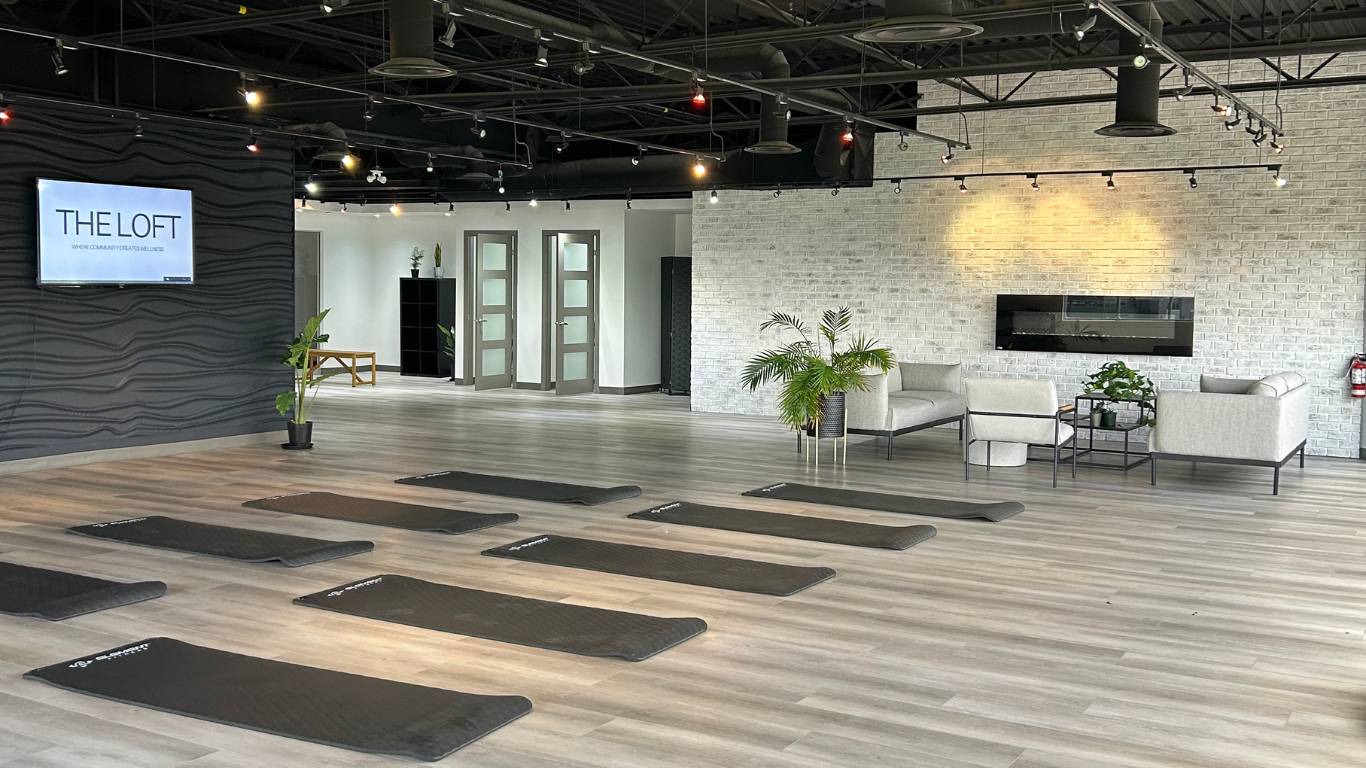
Now that Spring is here, many of us are out running on the trails after a long winter off. It’s not uncommon for many people to increase their mileage excessively once it’s nice out (after all it’s a lot more fun to run outside than around a track or on a treadmill). Thus, a variety of overuse injuries can creep up on us. Over the coming weeks we will be outlining a few of the most common ones and providing some simple yet effective preventative solutions.
Pain located around the front of the knee is a common issue in both athletes and the general population. Oftentimes it comes on gradually, without any specific trauma or incident that may provide clues as to what caused it. The healthcare world calls this “patellofemoral pain syndrome” (PFPS) with the “patella” referring to the knee-cap and “femoral” to the thigh bone.
Commonly, the pain is aggravated by running, stair climbing and even prolonged sitting (Moviegoer’s sign). Conversely, it often feels better when the knee is kept straight and aggravating activities are avoided.
It’s important to understand that an issue with one area of the body can easily cause an issue for another area, and sometimes these areas aren’t even directly connected. In this sense, we view the body as a “kinetic chain”, where if one link isn’t functioning properly, the adjacent joints and tendons can be compromised.
This is often the case with PFPS, where causes can include poor hip strength and mobility, biomechanical foot dysfunction and inefficient running form. As you can see, when the structures above and below the knee aren’t behaving, the knee will follow suit.
Tight hip muscles, in particular the rectus femoris and glutes (and it’s tendon the iliotibial band) can affect the “tracking” of the patella. Typically, tight glutes, ITBand and lateral quads will cause increased
lateral pull on the patella causing it to ride more laterally in the grove and ultimately resulting in pain on the outside and it’s undersurface.
The Bretzel stretch below is one of many mobility exercises that can aid in restoring optimal length in these structures. It’s an efficient exercise as you can see that both legs are being stretched at the same time. You should feel it on the bottom thigh (outside and anterior) and on the top glute and lateral hip. Rotating the upper body to the floor will also provide a stretch to the mid-thorax.
Adequate hip strength, in particular, the hip abductors, extensors and lateral rotators are important in maintaining adequate lower quadrant function. Weakness in these muscles can lead to knee valgus and internal rotation which can negatively impact patellofemoral mechanics and lead to PFPS.
The runner’s side plank is a terrific trunk and hip strengthening/stabilizing exercise. Lay on one side with the bottom knee bent and lift the trunk to maintain a neutral trunk position. While maintaining that position, alternately flex and extend the top leg in a running motion.
Lastly, the step-up is an excellent closed kinetic chain exercise to improve neutral lower quadrant mechanics. Step up onto a box or stair while maintain a straight line between the hip, knee and 2nd toe. Slowly lower yourself and then step back up again.
To prevent PFPS before it strikes, be sure to follow a properly periodized training regimen to include active recovery days in your fitness routine. Also include some lower kinetic chain strengthening and mobility drills. Our YouTube channel (https://www.youtube.com/channel/UCECP0IZIh-NsGSuzTbtciIg) features many great activities for these recovery days – check it out!
Petersen, W., Ellermann, A., Gosele-Koppenburg, A., Best, R., Rembitzki, I., Bruggemann, G., & Liebau, C. (2014). Patellofemoral pain syndrome. Knee Surgery, Sports Traumatology, Arthroscopy, 22(10), 2264-2274.

